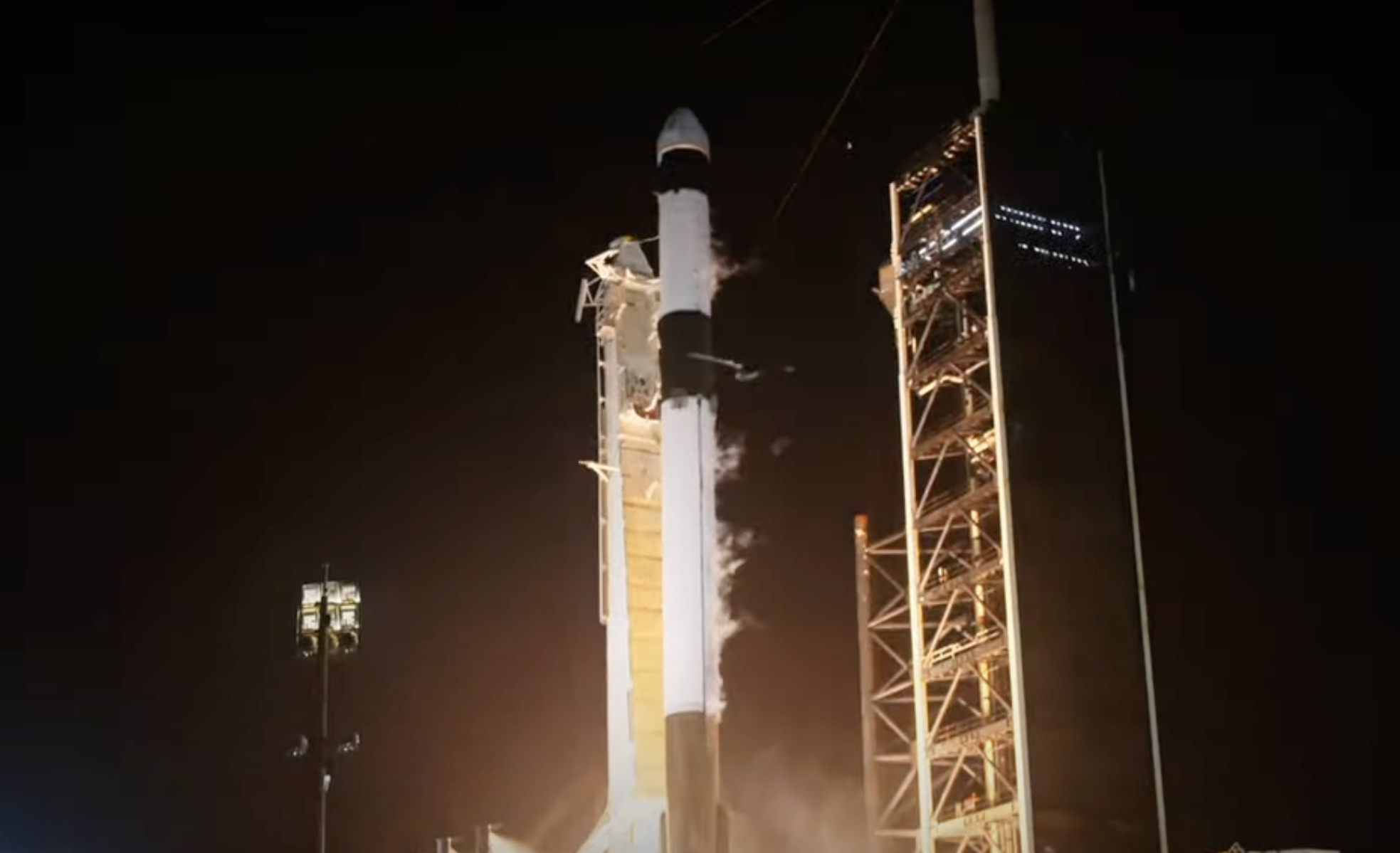The latest mission by NASA and SpaceX has successfully launched, and it marks a significant milestone in the continuous partnership between the two organizations. This mission, known as SpaceX’s 31st commercial resupply mission, is set to deliver essential scientific experiments and necessary cargo to the International Space Station (ISS). The collaboration underscores the importance of commercial spaceflight in supporting and advancing scientific research in space.
The SpaceX Dragon spacecraft embarked on its journey carrying over 6,000 pounds of supplies. This impressive payload was launched aboard SpaceX’s reliable Falcon 9 rocket. The launch occurred at precisely 9:29 p.m. EST from Launch Complex 39A located at NASA’s Kennedy Space Center in Florida. Kennedy Space Center is a historical site renowned for its role in launching numerous space missions, making it a fitting place for this significant event.
For those interested in following the journey of the Dragon spacecraft, NASA has arranged live coverage of its arrival at the ISS. The coverage will begin at 8:45 a.m. on Tuesday, November 5th, and can be accessed through NASA’s online platforms, including NASA+ and the organization’s website. Viewing the coverage is made easy and accessible, as NASA offers various platforms for streaming its content, including social media channels.
The Dragon spacecraft is scheduled to autonomously dock with the ISS at about 10:15 a.m. The docking will occur at the forward port of the space station’s Harmony module. This module serves as a vital connection point for various modules and visiting spacecraft, showcasing the intricate design and functionality of the ISS.
The primary goal of this resupply mission is to support Expedition 72, a mission involving numerous scientific research experiments conducted on the space station. These experiments span a broad range of scientific fields and are designed to enhance our understanding of various phenomena in space. In addition to providing food, supplies, and equipment for the crew aboard the ISS, the Dragon spacecraft is also delivering several groundbreaking experiments.
One of the notable experiments being delivered is the Coronal Diagnostic Experiment. This experiment aims to study solar wind and its formation, providing insights into how the sun affects space weather. Understanding solar wind is crucial as it can impact satellites, communication systems, and even power grids on Earth.
Another fascinating experiment involves Antarctic moss. This research will observe the effects of cosmic radiation and microgravity on plant life, which could have implications for growing food in space environments. Such research is essential for long-term space missions where resupplying food from Earth may not be feasible.
Additionally, the mission includes an investigation into cold welding of metals in microgravity. Cold welding refers to the phenomenon where two metal surfaces in a vacuum can fuse together without the need for heat. This research could pave the way for new manufacturing techniques in space, which will be crucial for building and maintaining structures beyond Earth.
The mission also includes an investigation studying the impact of space on various materials. Understanding how materials behave in space is vital for developing better technologies and equipment that can withstand the harsh environment of space.
These experiments are just a few examples of the hundreds of investigations conducted aboard the ISS in the fields of biology, biotechnology, physical sciences, and Earth and space science. The scientific research carried out on the ISS not only benefits humanity by providing valuable knowledge but also lays the foundation for future human exploration missions. NASA’s Artemis campaign, for instance, aims to send astronauts to the Moon, using the knowledge gained from ISS research to prepare for future expeditions to Mars.
The Dragon spacecraft is scheduled to remain docked to the ISS until December. During this time, it will serve as a hub for experiments and cargo. After completing its mission, the spacecraft will depart the ISS and return to Earth, bringing back research samples and other cargo. The spacecraft will splash down off the coast of Florida, where recovery teams will retrieve the valuable scientific data and materials.
For those interested in staying up-to-date with space station activities, NASA offers several ways to follow along. Social media platforms such as X, Facebook, and Instagram provide regular updates from the space station. Additionally, NASA’s space station blog offers in-depth articles and insights into ongoing missions and research.
The commercial resupply mission represents a crucial aspect of NASA’s efforts to maintain and expand human presence in space. By partnering with commercial companies like SpaceX, NASA can focus resources on furthering scientific research and exploration, ensuring that humanity continues to push the boundaries of what is possible.
For more information about the commercial resupply mission, you can visit NASA’s official website dedicated to the mission: NASA SpaceX CRS-31.
In conclusion, the successful launch of NASA’s SpaceX 31st commercial resupply mission marks another step forward in space exploration. By delivering vital scientific experiments and supplies to the International Space Station, this mission contributes significantly to our understanding of various scientific phenomena and helps prepare for future exploration missions. The collaboration between NASA and SpaceX continues to demonstrate the potential of commercial spaceflight in advancing human knowledge and capabilities in space.
For more Information, Refer to this article.

































